Unit 8 Required Works
Daniel Miller
9 min read
Listen to this study note
Study Guide Overview
This study guide covers Global Interconnections in art (1450-1980 CE), focusing on cultural exchange, patronage, and religious influences. Key regions include East Asia (Korea, China, Japan), South and Southeast Asia (India, Indonesia, Cambodia). Specific artworks, architecture, and their significance are explored. Emphasis is placed on cross-cultural connections, patronage, religious context, and materials/techniques.
#AP Art History: Unit 8 - Global Interconnections, 1450-1980 CE 🌍
Welcome, future art historian! This guide is your go-to resource for acing the AP Art History exam, focusing on the crucial Unit 8. Let's dive in!
#🧭 Navigating Unit 8: Key Themes & Concepts
Global Interconnections: This unit explores how artistic styles, techniques, and ideas spread across the globe during the period of 1450-1980 CE. Expect questions that analyze cultural exchange and its impact on art.
- Cultural Exchange: How did trade, colonization, and religious missions affect artistic production and consumption?
- Patronage and Power: How did rulers and elites use art to assert their authority and project their image?
- Religious and Philosophical Influences: How did Buddhism, Hinduism, Islam, and other belief systems shape artistic expression?
#👑 East Asia
#🇰🇷 Korea
# Gold and Jade Crown

- Culture: Silla Kingdom
- Date: 5th-6th century CE
- Materials: Gold and jade
- Significance: Symbol of royal power and authority, reflects religious and cultural beliefs of the Silla people. The intricate designs show the skill of Silla artisans.
#Portrait of Sin Sukju
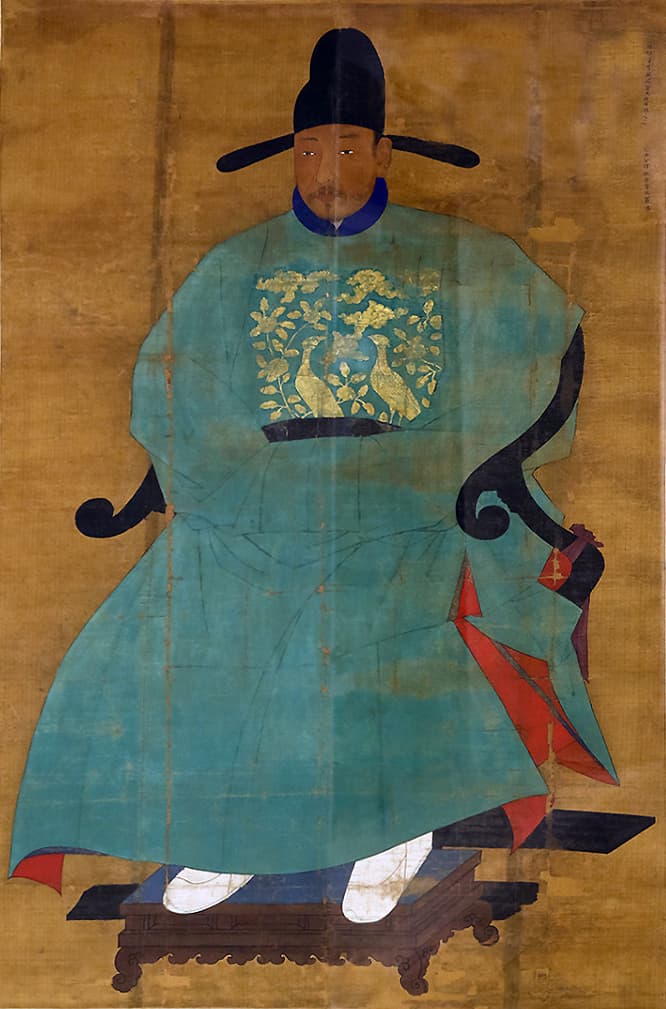
- Culture: Joseon Dynasty
- Date: 15th century
- Medium: Hanging scroll, ink and color on silk
- Significance: Realistic portraiture, reflects the cultural and artistic achievements of the Joseon era. Shows the importance of Confucian ideals in Korean society.
#🇨🇳 China
# The David Vases

- Culture: Yuan Dynasty
- Date: c. 1351 CE
- Materials: Blue and white porcelain
- Significance: Demonstrates high level of craftsmanship and technological innovation in porcelain production. Important for understanding cultural exchange between China and Europe.
#Terracotta Warriors

- Culture: Qin Dynasty
- Date: 3rd century BCE
- Materials: Painted terracotta
- Significance: Reflects the power and authority of the Qin dynasty, shows the scale of imperial projects. Provides insights into ancient Chinese military organization.
#Funeral Banner of Lady Dai (Xin Zhui)
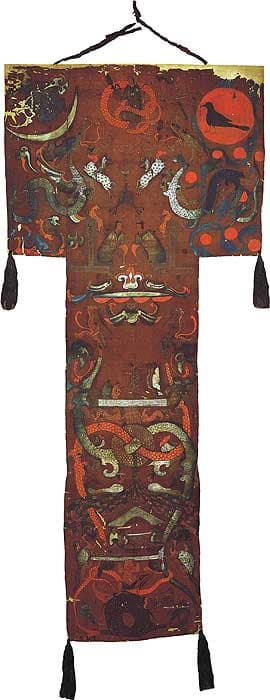
- Culture: Han Dynasty
- Date: 2nd century BCE
- Medium: Silk banner
- Significance: Depicts beliefs about the afterlife, provides insights into Han dynasty cosmology and funerary practices.
#Travelers among Mountains and Streams

- Artist: Fan Kuan
- Culture: Song Dynasty
- Date: c. 1000 CE
- Medium: Ink on silk hanging scroll
- Significance: Masterpiece of Chinese landscape painting, known for its use of light and shadow, reflects Daoist principles of harmony with nature.
# Forbidden City

- Culture: Ming and Qing Dynasties
- Date: 15th century CE
- Significance: Imperial palace, reflects the power and authority of the emperors, exemplifies Chinese palace architecture. Shows the importance of Confucianism in the design and layout.
#Chairman Mao en Route to Anyuan
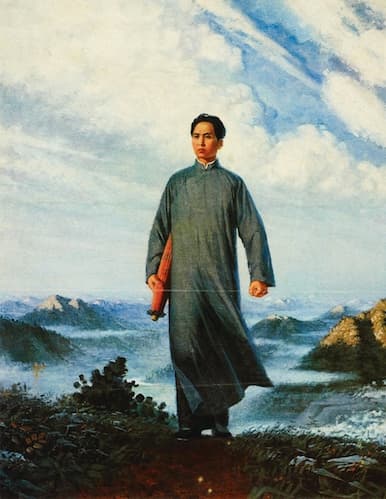
- Artist: Liu Chunhua
- Date: 1967 CE
- Medium: Oil on canvas
- Significance: Propaganda poster, promotes Mao's ideology and the Communist revolution, reflects the political and social climate of the Cultural Revolution. Shows the use of art as a tool for political messaging.
#Longmen Caves

- Culture: Northern Wei to Tang Dynasties
- Date: 5th-8th centuries CE
- Materials: Limestone
- Significance: Important example of Chinese Buddhist art, reflects the influence of Buddhism on Chinese society. Illustrates the spread of Buddhism from India to China.
#🇯🇵 Japan
# White and Red Plum Blossoms

- Artist: Ogata Kōrin
- Culture: Edo Period
- Date: 18th century
- Medium: Pair of two-fold screens, color and gold leaf on paper
- Significance: Reflects the aesthetics of the Edo period, demonstrates the use of decorative arts in Japanese culture. Shows the influence of nature on Japanese art.
# Under the Wave off Kanagawa

- Artist: Katsushika Hokusai
- Culture: Edo Period
- Date: c. 1830-32 CE
- Medium: Polychrome woodblock print
- Significance: Iconic image of Japanese art, demonstrates the mastery of woodblock printing techniques, influenced Western artists. Shows the power of nature and the vulnerability of humans.
#Todai-ji
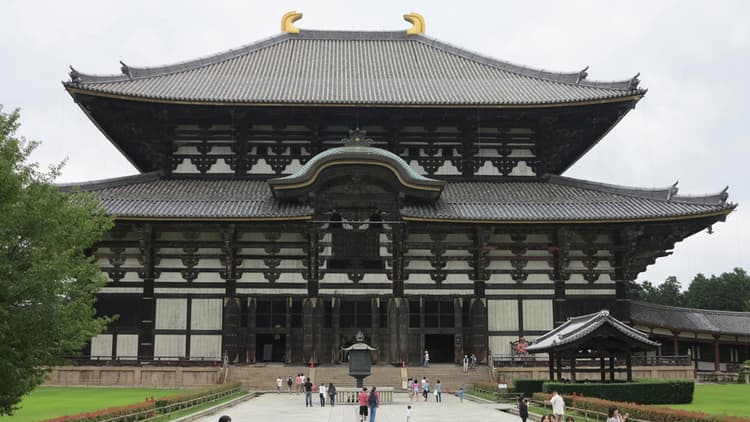
- Culture: Nara Period
- Date: 8th century CE, rebuilt c. 1700
- Significance: One of the largest wooden buildings in the world, important example of Japanese Buddhist architecture, houses a large bronze Buddha statue. Shows the spread of Buddhism in Japan.
#Night Attack on the Sanjô Palace
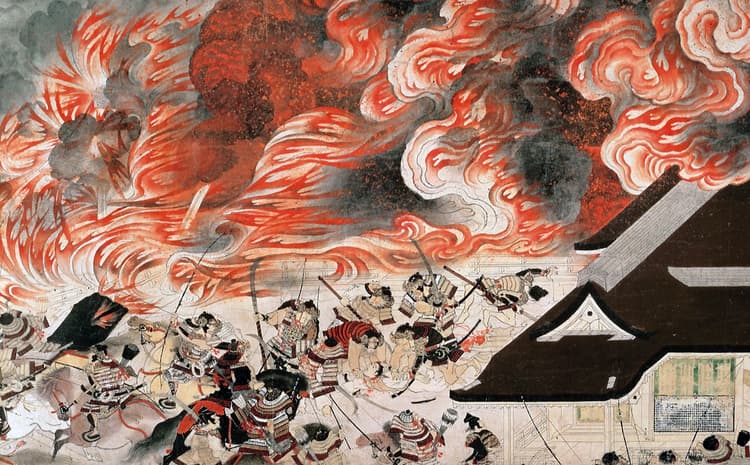

- Culture: Kamakura Period
- Date: 13th-14th centuries CE
- Medium: Handscroll painting
- Significance: Depicts a historical event from the Genpei War, important example of Japanese narrative painting, reflects the political and social climate of the Kamakura period. Shows the use of art to record history and convey emotions.
#Ryoan-ji

- Culture: Muromachi Period
- Date: Late 15th century CE
- Significance: Zen temple, famous for its rock garden, reflects the principles of Zen Buddhism, evokes a sense of peace and calm. Shows the importance of contemplation and meditation in Zen practice.
#🇮🇳 South and Southeast Asia
#🇮🇳 India
#Great Stupa at Sanchi

- Date: 3rd century BCE and later
- Significance: One of the oldest Buddhist monuments, contains relics of the Buddha, demonstrates the development of Buddhist art in India. Shows the importance of pilgrimage and devotion in Buddhism.
#Lakshmana Temple
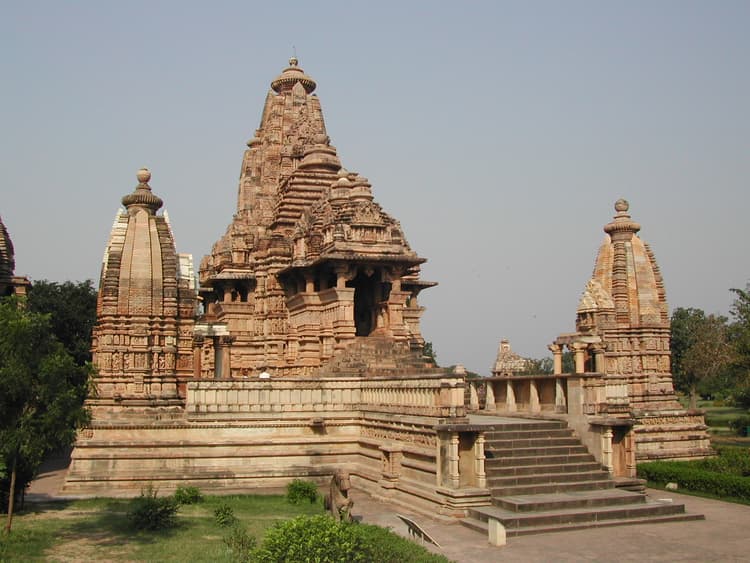
- Culture: Chandella Dynasty
- Date: 10th century CE
- Significance: Hindu temple dedicated to Vishnu, known for its intricate carvings and sculptures, reflects the religious and cultural beliefs of the time. Shows the complexity and richness of Hindu temple architecture.
#Shiva as Lord of Dance (Nataraja)

- Culture: Chola Dynasty
- Date: c. 11th century CE
- Materials: Copper alloy
- Significance: Represents the Hindu god Shiva in his form as Nataraja, known for its dynamic movement and intricate details, reflects the Hindu belief in the cycle of creation and destruction. Shows the importance of dance and ritual in Hindu worship.
#Jahangir Preferring a Sufi Shaikh to Kings
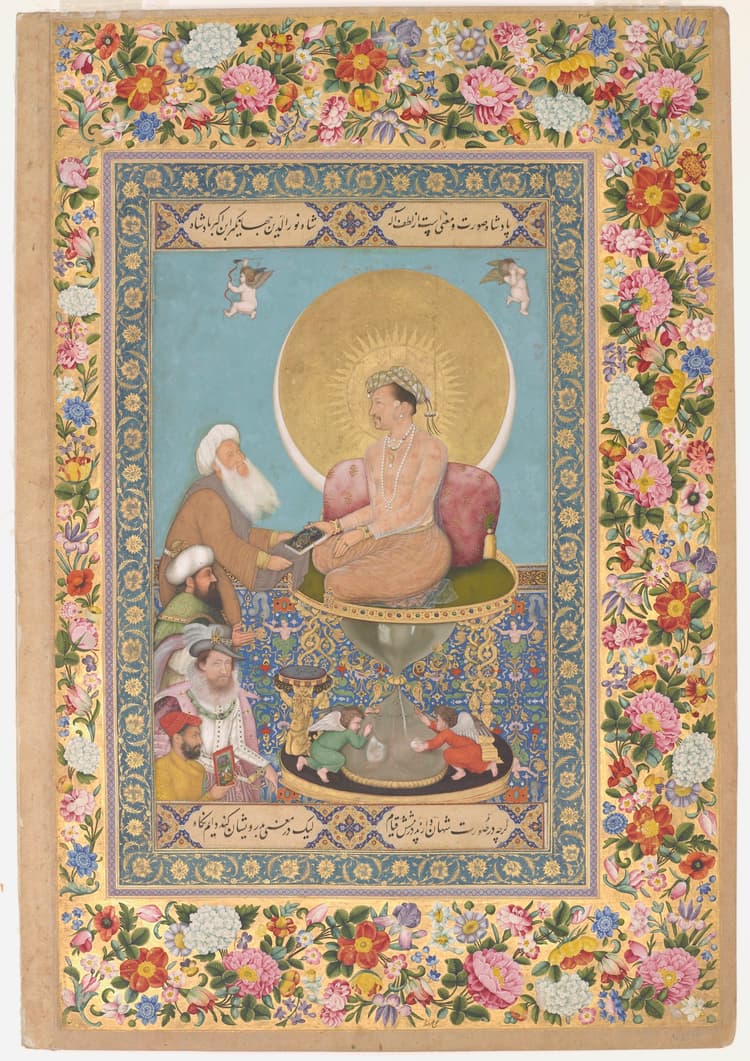
- Artist: Bichitr
- Culture: Mughal Empire
- Date: 1615-18 CE
- Medium: Opaque watercolor, gold and ink on paper
- Significance: Reflects the religious and cultural diversity of the Mughal Empire, shows the emperor's preference for spiritual leaders over worldly rulers. Shows the use of art to express political and religious ideas.
#Taj Mahal
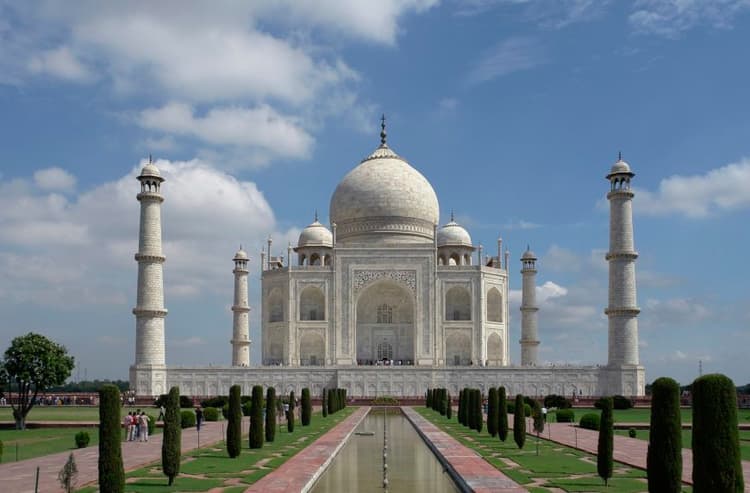
- Culture: Mughal Empire
- Date: 1632-53 CE
- Significance: Mausoleum built by Shah Jahan in memory of his wife, known for its impressive architecture and decoration, reflects the Mughal Empire's cultural and artistic achievements. Shows the use of architecture to express love and devotion.
#🇮🇩 Indonesia
#Borobudur Temple

- Date: 9th century CE
- Significance: One of the largest Buddhist temples in the world, known for its large, bell-shaped structure and intricate carvings, reflects the influence of Indian culture on Indonesian society. Shows the importance of pilgrimage and the stages of enlightenment in Buddhist practice.
#🇰🇭 Cambodia
#Angkor Wat

- Culture: Khmer Empire
- Date: 12th century CE
- Significance: Large complex of temples and buildings, known for its intricate carvings and sculptures, reflects the religious and cultural beliefs of the Khmer Empire. Shows the blending of Hindu and Buddhist traditions in Southeast Asia.
#💡 Key Points for Exam Success
Cross-Cultural Connections: Be able to discuss how artistic ideas and styles traveled between different regions and cultures. For example, how did the Silk Road influence artistic production in China and beyond?
- Patronage: Understand the role of patrons (rulers, religious institutions, wealthy individuals) in the creation of art. How did their interests and desires shape the art they commissioned?
- Religious and Philosophical Context: Be familiar with the major religious and philosophical traditions that influenced art in different regions (e.g., Buddhism, Hinduism, Confucianism, Daoism).
- Materials and Techniques: Know the materials and techniques used to create the artworks, and how they contributed to the meaning and impact of the work. For example, how does the use of gold and jade in the Silla crown reflect its status?
Remember the mnemonic "C-P-R-M"
Continue your learning journey

How are we doing?
Give us your feedback and let us know how we can improve





